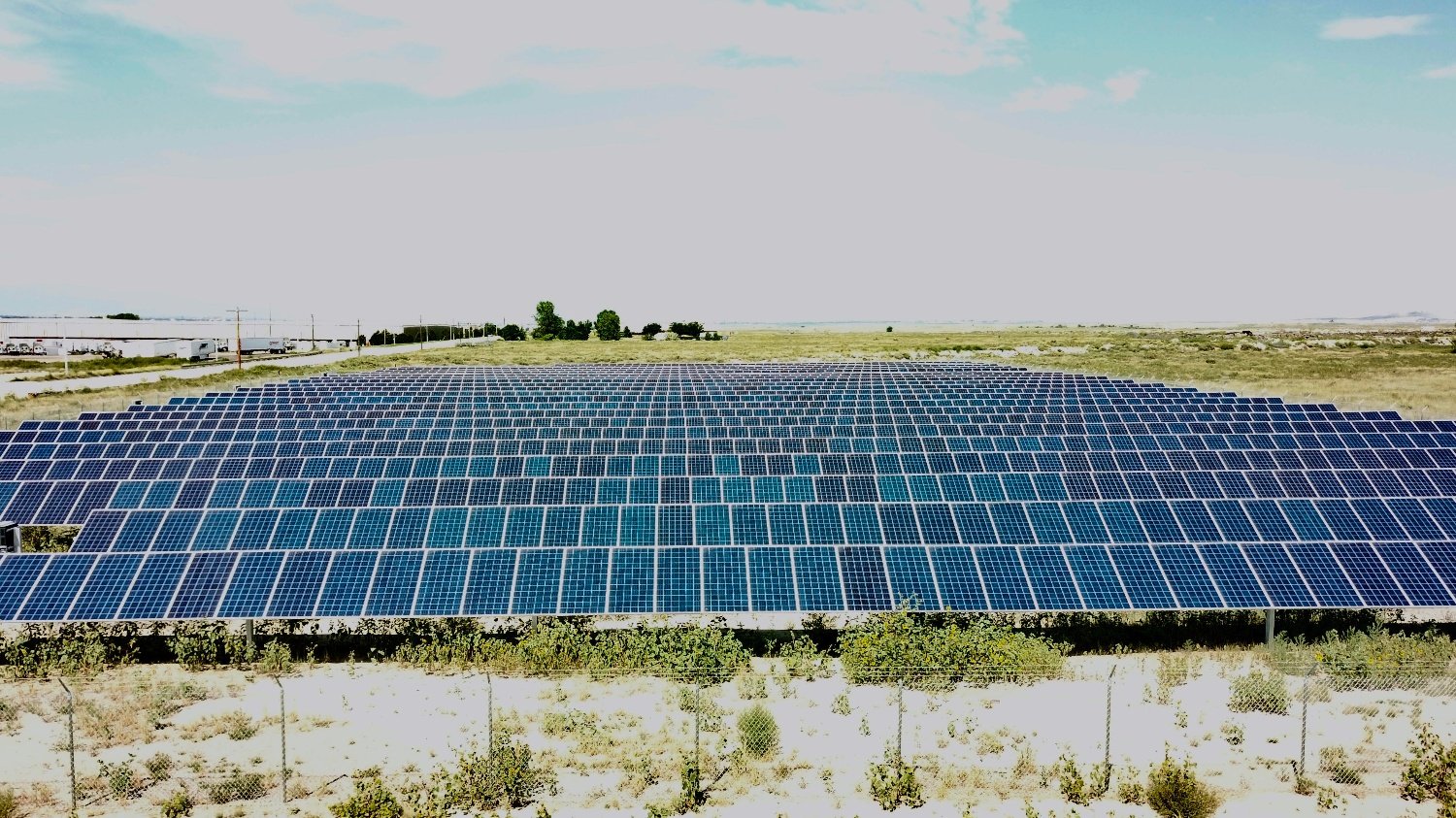SRECs and the Future REC Market
February 28, 2023

As more and more organizations establish firm sustainability targets, carbon offset markets and renewable energy certificate (RECs) will serve as critical stepping stones towards achieving net zero greenhouse gas (GHG) emissions. Understanding the inner workings of carbon offset markets, such as the nuances between general RECs and solar renewable energy certificate (SRECs), may soon be critical to optimizing your company’s energy transition strategy.
If you’re currently wracking your brain trying to remember what an SREC is, please check out our previous blog, Solar Renewable Energy Certificates 101, which covers all the basics. Here, we’ll review how certain companies are already leveraging these niche markets to make their transitions to clean energy sources as lucrative as possible, and how the REC market might become even more complicated in the near future.
Be advised that SREC markets currently only operate in the following states: California, North Carolina, Delaware, Illinois, New Jersey, Massachusetts, Maryland, Pennsylvania, Ohio, Virginia, and Washington DC. Some additional states, including the parts of any of the 13 states within PJM have areas that are eligible for participation in “outside SREC markets”, but may not have their own SREC markets.
What Makes SRECs Cost More?
The answer may not surprise you; it's the basic economic principles of supply and demand.
In states with a mandatory renewable portfolio standard (RPS), investor-owned utilities (IOUs) buy a significant volume of RECs to meet requirements that a certain percentage of their portfolio consist of renewable energy, such as solar, wind, or hydropower. (Note that traditional RECs are technology-agnostic, meaning that it makes no difference whether the clean energy was produced by a wind turbine or a hamster on a wheel, provided that they are “renewable”.) However, in select states – specifically, the eleven states listed above – a portion of this clean electricity must be generated by solar energy; thus, SRECs can command a higher price because utilities need to use them as a means of meeting these solar-specific production (aka “solar carve-out”) requirements.
SRECs are priced differently throughout the country mostly because the RPS for utilities and SREC markets differ state by state. However, utilities generally pay a steep premium for SRECs compared to technology-agnostic REC products. Another contributing element is that, historically, solar has taken longer to evolve into a commercially viable energy solution. Thus, prices for SRECs tend to be high because supply has struggled to keep up with rising demand (versus, say, wind RECs, which have been in relatively ample supply for some time.)
As a result, in the state of Pennsylvania, SRECs cost well over 40 dollars, in Maryland they cost over 60 dollars, and in Massachusetts, they can cost over 100 dollars – whereas in other states, traditional RECs might not cost much more than a few dollars.
Making the Most of Your SRECs
Considering these price gaps, what you do with your RECs and SRECs can and should differ depending on the market in which they’re generated. This can all get pretty complicated quickly. But fear not, there are plenty of experts – like Pivot – that can help your business make decisions along the way.
If you’re a savvy business owner that happens to operate in one of the states with an active SREC market, you might be interested in REC arbitrage; this neat trick helps organizations get lower PPA rates, enabling businesses to acquire solar arrays in areas where it might not otherwise be advantageous.
We’ll explain REC arbitrage by walking through an example. Let’s say an organization and Pivot team up to build a new solar project in Pennsylvania. These two entities might establish an agreement where Pivot keeps the lucrative Pennsylvania-based SRECs for this project, and, in exchange, can supply you with other, technology-agnostic, cheaper RECs. The solar project owner ends up with the same number of RECs to retire, and at the same time, they get a lower PPA rate because Pivot is able to pass through the value in the difference between the Pennsylvania-based SRECs and the more generic RECs. It’s a win-win. Confused? Fret not; this may be confusing, but you’re not alone! Your friends at Pivot are here to provide support and guidance, even as the REC market becomes more convoluted over time.
The Next Evolution of the REC Market
We’ve already established the fact that certain markets value SRECs more than ordinary RECs. Still, it seems as though markets may soon adopt a new model in which the price of a REC factors in how “dirty” the energy grid is surrounding the renewable energy source in terms of both time and place. In the not-too-distant future, it is plausible that RECs that directly offset more fossil fuel-intensive markets will be more valuable than those generated in cleaner parts of the grid. This structure makes sense, as it encourages renewable energy developers to build projects in areas that may otherwise struggle to abandon fossil fuels.
Pick the Right Partners
The good news is that we’re all in this together. At the end of the day, not everyone will need to sift through all of the jargon and know exactly why SRECs have a special kind of value compared to other RECs. Pivot can serve as your advisor, guiding your company toward the wisest decisions and ensuring that you achieve your sustainability goals in the most meaningful and cost-effective way.





